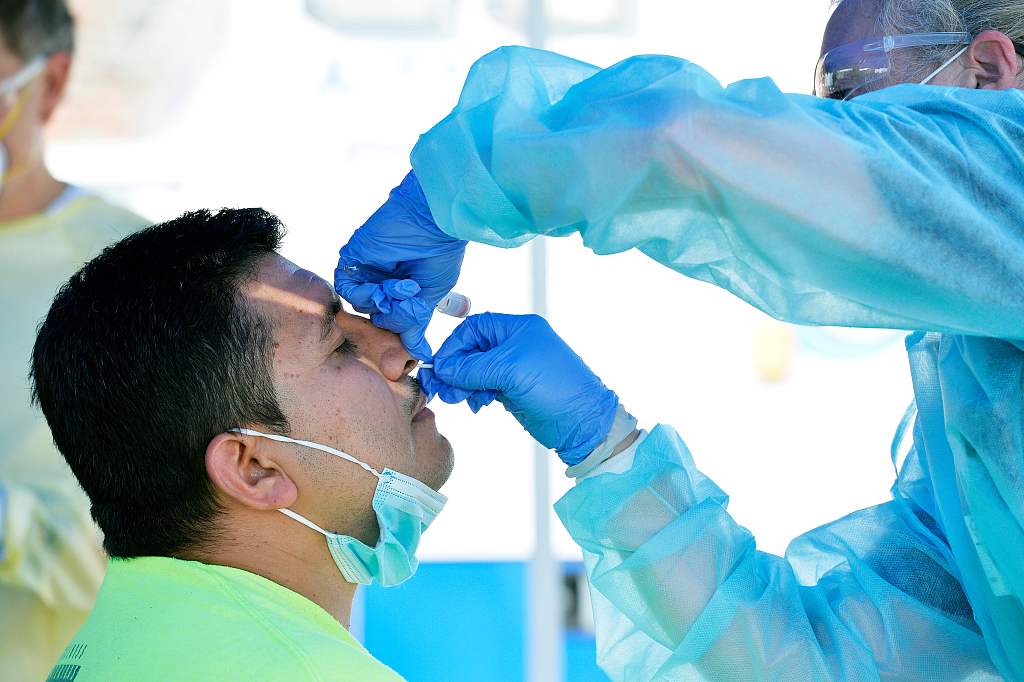According to the New Zealand Ministry of Health on the evening of the 11th, a staff member of the Auckland quarantine hotel tested positive for COVID-19. This is the third consecutive case of COVID-19 among staff members in the downtown Oakland hotel since March 21.
The New Zealand Ministry of Health said the case was linked to a hotel cleaner confirmed on 21 March, according to viral genome analysis. The cleaner and another previously diagnosed hotel staff member were linked to an imported case on March 13.
The New Zealand government still says that the risk of community transmission is not high, and it is only necessary to further strengthen the management of isolation facilities.
However, Nick Wilson, an epidemiologist at the University of Otago in New Zealand, criticized the problem of isolation facilities. Many quarantine hotels are located in the busiest areas of New Zealand. Once employees are infected, it is difficult to stop community transmission. It is understood that infected employees have not been vaccinated against the novel coronavirus so far.
New Zealand has given priority to vaccinated about 12,000 border and isolation facility workers and their families, starting on February 20, but it is not mandatory. According to the New Zealand Ministry of Health, the current vaccination rate of this group is 79%.
In response, New Zealand Prime Minister Jacinda Ardern said that he would urge the relevant authorities to require border and quarantine facility staff to be forced to vaccinate or be transferred from their current posts.
According to New Zealand’s Ministry of Health, about 80% of the more than 100 imported cases in quarantine facilities in the past four weeks have come from India. On April 8, the New Zealand government announced temporary “fusion” measures to temporarily ban passengers from India from April 11 to 28.
Ardern said that the possibility of extending the interim measure was not ruled out, and said that temporary “fusion” measures will also be taken once the number of imported cases from other high-risk countries such as Brazil and the United States increases.
The successive coronavirus infections among quarantine facility workers cast a shadow over the upcoming quarantine-free “travel bubble” plans in Australia and New Zealand.
The plan will take effect on April 19, when Australian and New Zealand will achieve free movement of people from isolation, but the premise of the plan is that there is no risk of community transmission. Once the epidemic breaks out again, bilateral measures will interrupt the quarantine-free initiative at any time.



